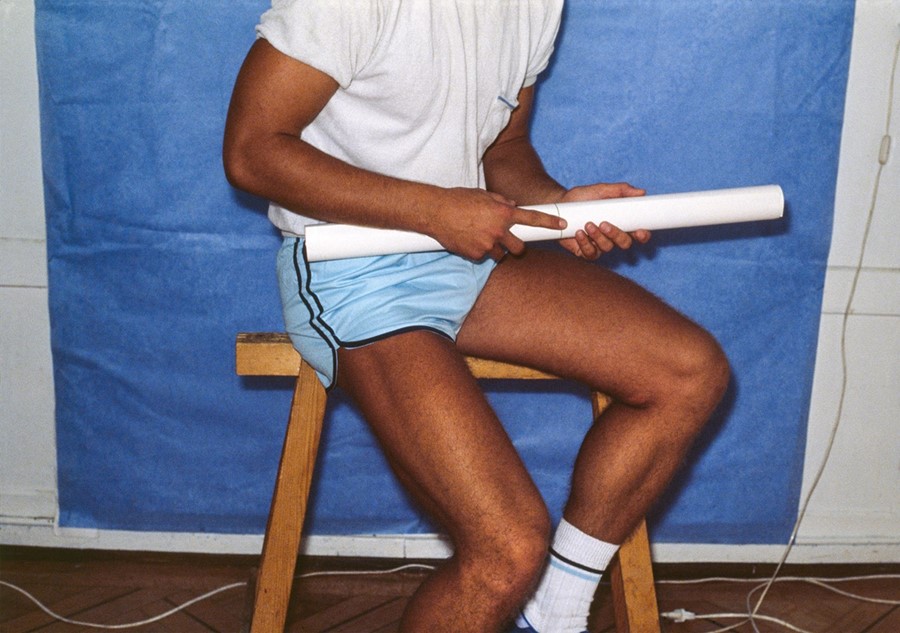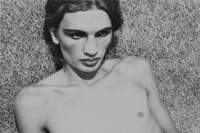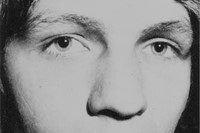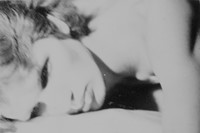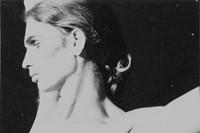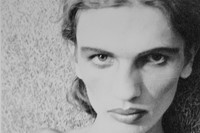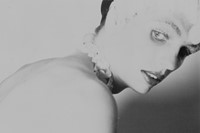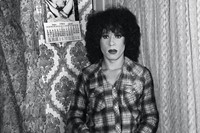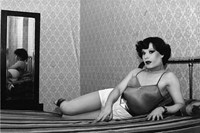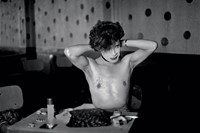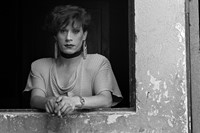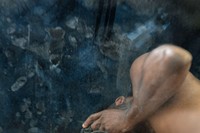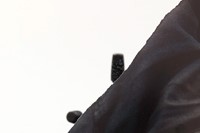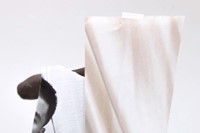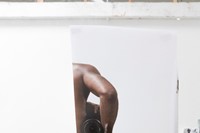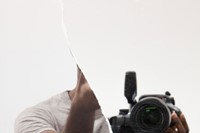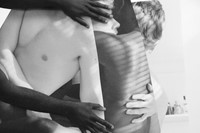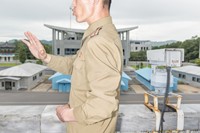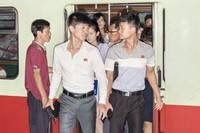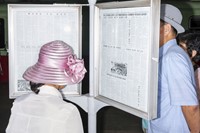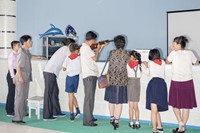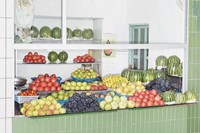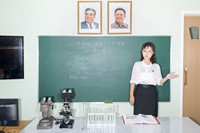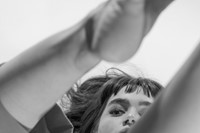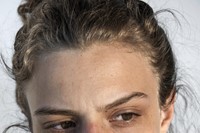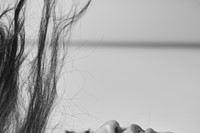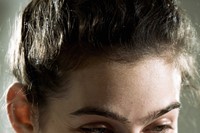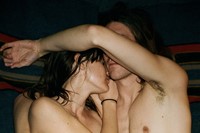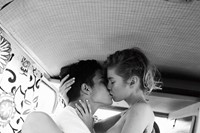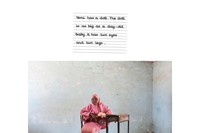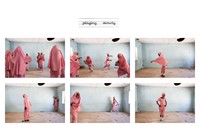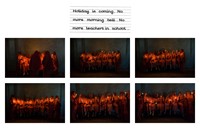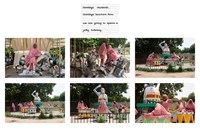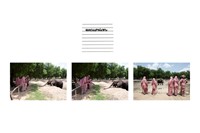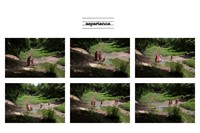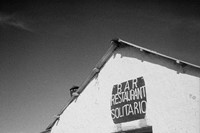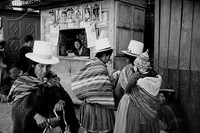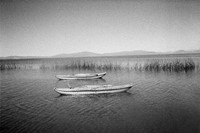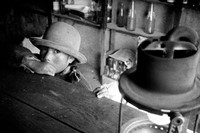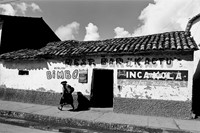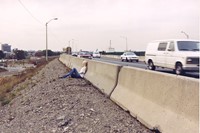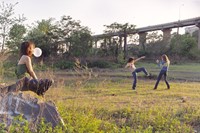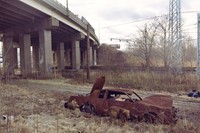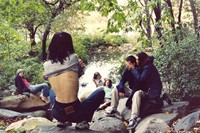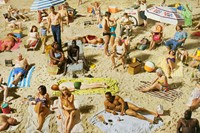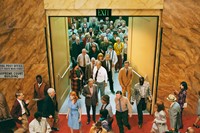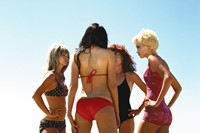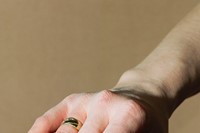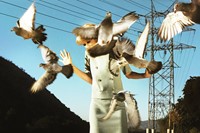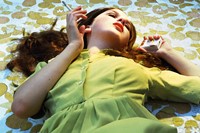From Magdalena Wosinska’s pictures of skaters to Walter Pfeiffer’s portrayals of society’s outsiders, here we revisit the most impactful images we’ve published this year
1. Walter Pfeiffer, Another Kind of Life
Soft, intimate and unabashedly queer, Walter Pfeiffer’s work from the 1970s preserved his generation of artistic and creative outsiders in beautiful celluloid. Here, he muses on his introduction to composition as a window dresser in a department store, the innate ephemerality of beauty, and the importance to him of working in single shots – “one click, and that’s it”. Head here to read more.
2. Paz Errázuriz, Another Kind of Life
Paz Errázuriz spent the 1970s photographing an underground group of transgender sex workers in the wake of the 1973 coup d’état in Chile. For the launch of the same exhibition as featured Pfeiffer’s work, the Barbican’s Another Kind of Life: Photography on the Margins, she spoke to Irina Baconsky on photography as act of political defiance and the creation of identities. Head here to read more.
3. Paul Mpagi Sepuya, Double Enclosure
As a black queer photographer, Paul Mpagi Sepuya’s studio has become a safe space in which he can capture the softness and vulnerability of the contemporary queer male body. Sepuya manages to cover pornographic inspirations, radical homoeroticism and the importance of work being based on “actual relationships”. Head here to read more.
4. Max Pinckers, Red Ink
The ordinary and the mundane of everyday life in North Korea emerge in a surreal light in this brilliantly considered photo series. Confronted with the impossibility of shooting what and how they wanted to in North Korea, Max and Victoria Pinckers created these flood-lit advertising-style images, pulling the focus from the content to its place as a facade. Head here to read more.
5. Senta Simon, Rayon Vert
In her photo series on womanhood, Senta Simond takes inspiration from the rayon vert, a greet flash of light seen on the horizon at sunset – ephemeral, fleeting and astounding, it serves as a metaphor for the ineffable moment between lens and subject that occurs in portraiture photography when it goes right. Simond’s works do this perfectly, drawing on her personal relationships with her subjects, and capturing that moment of perfect dialogue between photographer and model. Head here to read more.
6. Magdalena Wosinska, Future Feminine
“I don’t have either a feminine or a masculine gaze; this is just my fucking gaze,” says Magdalena Wosinska of her intimate, 90s California skate culture inspired portraits. This is when and where she first picked up a camera, but in the subsequent 20 years the solid identity which she developed in this scene remains untouched, but her photography from sun-soaked california skaters to “looking closely at human connection and sexuality, and not always from the most flattering angle”. Head here to read more.
7. Rahima Gambo, Tatsuniya
Taking as her subject Shehu Sanda Kyarimi, the Nigerian school which a teacher and a pupil killed in a Boko Haram attack in 2013, Rahima Gambo self-reflexively analyses her own role as a photographer, seeing herself as “excavating and preserving the memories of each girl”. In October she spoke to AnOther about the role of photography in healing trauma, its fundamental involvement in memory, and through that using it as a medium that can “explore the various layers of consciousness; those memories pushed aside”. Head here to read more.
8. David Bailey, David Bailey in Peru
David Bailey remembers two trips to Peru in 1971 and 1984, including photographing the daughter of Peru’s late leading photographer, Martín Chambi, holding his portrait in lieu of photographing the man himself. Other highlights include a classic “screw that, I do what I want,” and a discussion of art which ends in the revelation that Bailey sees coming across a gnome garden as “the most exciting thing”. Head here to read more.
9. Justine Kurland, Girl Pictures
In the face of the masculinity associated with the American wilderness, Justine Kurland firmly positions girls in that environment as an ”army of teenaged runaways in resistance to patriarchal ideals”. The images speak to a part of the viewer that want to get out – to leave the rules and regulations of contemporary society in favour of ketchup sandwiches and cargo pants. Head here to read more.
10. Alex Prager, Silver Lake Drive
With visual cues pointing to Lynch and Hitchcock, it’s no wonder that Alex Prager discussed a love of nostalgia, and manipulating that familiarity and comfort to “disorient people,” when she spoke to AnOther in June. The streets of LA, the “perfection on the surface” and the “ugly, weird and strange” underbelly that hides below it, serve as the perfect setting and inspiration for her work. It’s work for lovers of the vivid, the hyperreal and the quietly uncomfortable. Head here to read more.
